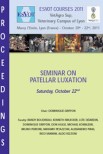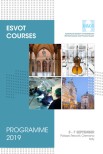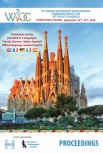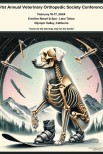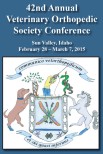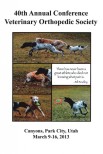The radiological examination of bone lesions can be challenging, considering the complex superimposition of the 3D anatomy of a region on to a 2D image. This report describes the findings achievable with different diagnostic imaging modalities (radiography, arthrography, spiral computed tomography) and the correlation with the post mortem and histopathological findings in a horse with a fracture associated with an osseous cyst-like lesion in the third phalanx. CT was highly superior to radiography to evaluate the spatial configuration and completeness of the fracture, relationship between the fracture and osseous cyst-like lesion, architecture of the cyst, presence of its communication with the joint and secondary degenerative joint disease. In conclusion, CT represents an asset in these cases for an accurate prognosis and therapy.
Use of computed tomography to evaluate a fracture associated with a subchondral pedal bone cyst in a horse
Date
October 2008
Journal
Equine Veterinary Education
Volume
20
Number
10
Pages
515-519
